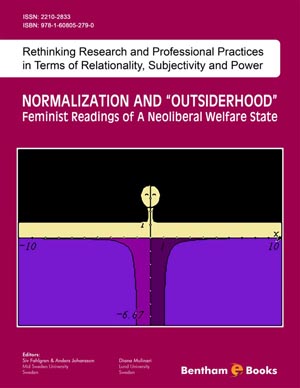Abstract
The internationally renowned Pippi Longstocking books by Astrid Lindgren, Pippi Longstocking (1945), Pippi goes on board (1946) and Pippi in the South Seas (1948), have come to represent a modernist revolution within children’s literature in Sweden, and Pippi herself has become a symbol for the “strong girl”. Originally interpreted as a tool for criticizing norms, rules and normality within the context of the construction of the modern Swedish welfare state – and by Lindgren herself, who explicitly stated that Pippi was not an ideal for children to follow – the character Pippi has come to perform many different functions in relation to the discursive constructions of women and girls since the 1940s. In the 1970s, she emerged as a feminist icon and she has maintained this role in many respects. But the dialectic between normality and its modernist critique that characterised the modern state has today been replaced by different aesthetics and different views of female empowerment. In this chapter, I shall investigate how the meaning of the symbol, Pippi “the strong girl”, has changed in the context of neoliberal times, and how, in some ways, it has now become a demanding ideal for young women. The extraordinary and exceptional, transgressive and explorative, has become a normative normality, and thus, perhaps, has lost much of its critical potential. Through readings of how Pippi is used in present day Swedish literature, this chapter investigates the normalisation process of the negative, and the inclusion of norm-breaching.
Keywords: normalization, Pippi Longstocking, children’s literature, Astrid Lindgren, Swedish modernism, girl power, gender analysis, girlhood studies, queer theory, child education, national symbol, neoliberalism, empowerment.













